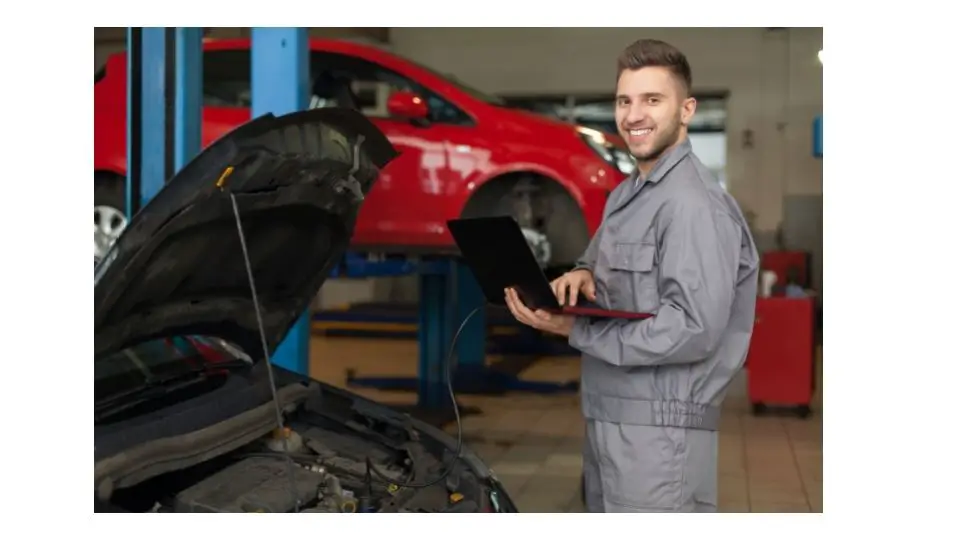If you own a Pickup truck and you want to get more kick or overall power out of it, there are options that are available to you and in this post, we are going to be looking at two of them.
I will do a comparison between tuning your truck or getting a Pedal Commander installed. The 2 options work slightly differently and can be used independently or together. We want to look at how exactly they function as well as the pros and cons of each option.
In short, A Pedal Commander works by changing the voltage to the accelerator system. It has 4 modes, Eco, City, Sport, and Sport +. Each of these options has 4 different levels. Performing a tune unlocks your car’s computer and makes adjustments that give your vehicle different capabilities based on the option you select.
Installing and Running a Pedal Commander
A Pedal Commander is a very simple installation that just about anyone can do. The process takes about 54 to 10 minutes based on your level of DIY expertise. Really though, anyone can do it.
The Pedal Commander is plugged in a pedal sensor circuit acting as an interface between the accelerator and the onboard computer. It increases or decreases voltage based on the option you choose.
Here are the options and what they do:
Eco Mode:
Reduces power to lower than stock up to -40%. As the name suggests, this mode makes your truck economic on fuel but also significantly decreases the power that you get out of your engine.
City Mode:
This option gives you up to an additional 50% response from your car. You get a lot more kick from your truck as the accelerator becomes a lot more responsive-without the usual lag that you get in stock mode.
Many have described it as being similar to older-style cable accelerator systems. It is a great daily driver mode that gives just enough added power and not so much that people accuse you of doing burnouts.
Sport Mode:
With this option, you get up to an additional 75% power or response rate when accelerating. Sport + Mode: With this option, 100% more voltage is sent to the onboard computer controlling acceleration.
It completely removes any lag and will give you the most kick. This option is better suited for long open stretches and the highway.
When you install a Pedal Commander, you will not necessarily change anything on the vehicle except change the voltages being delivered from the accelerator. It, therefore, means that you will not void your warranty by installing and using it.
Performing an Engine Tune
There are many tuners that exist on the market as well as the option of having an auto shop tune your vehicle for you. When you use a tuner, you are actually increasing the horsepower and torque coming from your engine.
What this means is that you will actually experience more power output from your engine. This is the main difference with the Pedal Commander which just manipulates the existing power in your vehicle to noticeably increase acceleration.
Tuning works by unlocking the PCM or system computer then making changes that allow your vehicle to put out more power. The problem with this type of modification is that it voids your truck’s powertrain warranty.
This is the trade-off you will need to make for the added power and if you are willing to lose the warranty for that, then it’s up to you. Some dealers will be good sports and still have your vehicle but don’t count on that.
Can I use the Pedal Commander Together With a Tuner?
Is it possible to run a Pedal Commander together with a tune? The answer to that is yes. Even if your vehicle gets tuned, it will still experience some lag which can be fixed by the Pedal Commander. Both tuning and the Pedal Commander, when configured right, have been known to improve fuel economy. If you are buying a tuner and doing the project DIY, it is suggested you do the necessary research first on how to use your particular brand together with a Pedal Commander.
Conclusion
I hope that this article has given you a better understanding of using a tuner on your vehicle or installing a Pedal Commander. The ball is now in your court ;).

Robert Anderson is a world class motorhead who rebuilt his first carb at age 10, his first engine at age 15, and completed his first full hotrod build when he was just 18! Previously, he has ran a part warehouse, delivered pizzas, and managed the service department for a $20 million/year revenue dealership. Robert knows cars like few others and he is passionate about sharing his knowledge.

